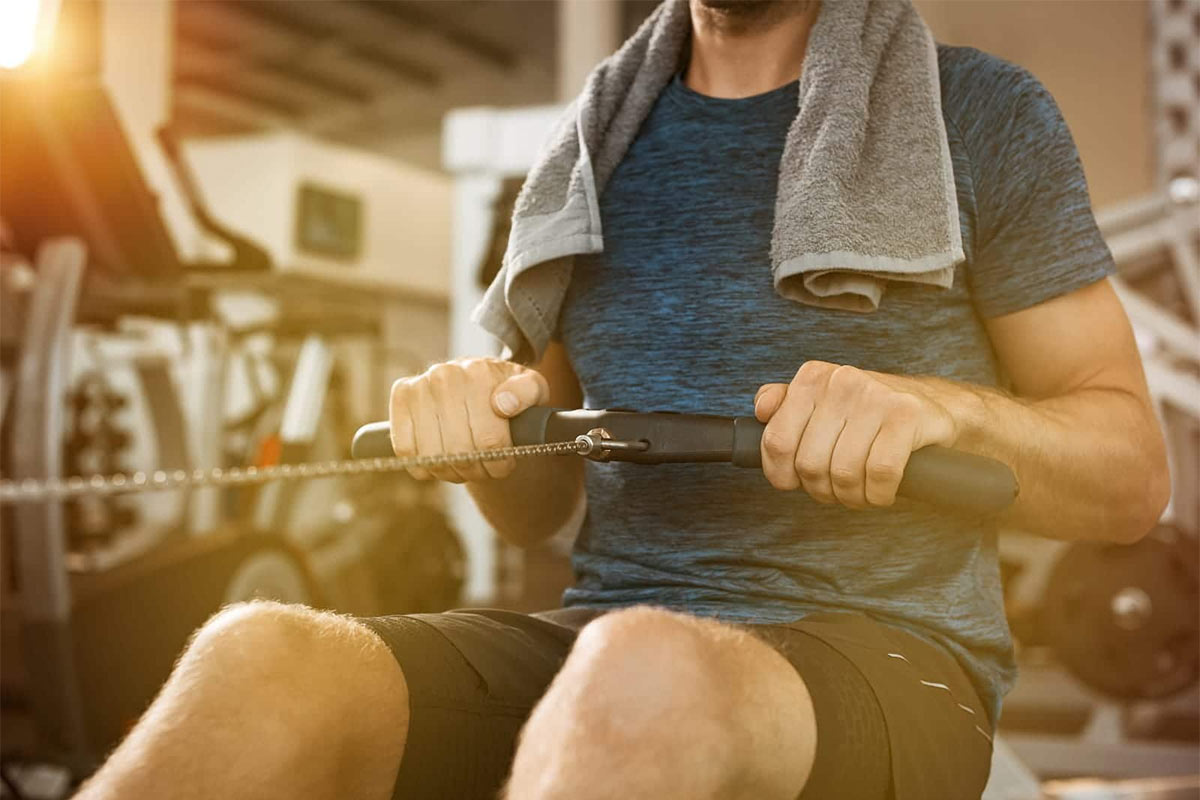Whether you’re heading to the gym for a workout or down to the leisure centre for a swim, all that exercise is likely going to make you sweat a bit. During times of intense exercise, it’s much better to have air conditioning running, as it improves performance, keeps you cool and stops you from overheating during the summer months.
If you’re a gym owner, you might need to know what temperature you should maintain within the building and if there is any legislation outlining the optimum temperature for gym-goers. We’ve taken an in-depth look into the topic, with the help of commercial air-conditioner suppliers, Daikin.
The duty of care explained
As outlined by Health and Safety Executive, there are not currently any regulations that cover temperature regulation in leisure centres of gyms, but health and safety legislation does cover most safety measures for gyms. We can use minimum workplace temperature requirements as an estimate of what constitutes a comfortable temperature during activity.
16°C is the recommended base temperature for workplaces according to the Approved Code of Practice, with 13°C being recommended for workplaces that require “rigorous physical effort”. Again, this isn’t a legal requirement, but it gives an idea of what an optimum temperature is for comfortably engaging in physical activity.
According to Sport England, ideal temperatures for gym-goers are as follows:
- 16°C to 18°C (60°F to 64°F) for fitness gyms during the summer months, with additional comfort cooling.
- 18°C (64°F) for studios.
What risks do high temperatures pose to gym-goers?
If you’ve ever completed a workout in a gym that’s too hot, you’ll know it isn’t the most pleasant experience. Plus, it’s a risky activity; dehydration and heat stroke are notable risks of working out in an overheated gym. But even just sweating too much can be a problem. We Be Fit notes that while over-sweating can cause gym-goers to notice an extra pound of weight loss at the end of their workout, the weight lost is fluids from sweating and will be negated with a drink. The article suggests that working out in an overheated gym for a long period can result in a 50% less effective workout! All that sweating for nothing.
What risks do low temperatures pose to gym-goers?
A cold gym is rare, but it can happen, and it poses just as much as a problem as a hot gym with poor air-flow. My Inner Go looked at the pros and cons of working out in a cold environment and found that chilly temperatures brought with it a higher risk of injury. This is because muscles tend to seize up in the cold (which is why warming up before physical activity is so important). The website offered a great analogy for cold muscles: consider them like Play-Doh! When Play-Doh gets cold, it goes stiff and doesn’t stretch, it just snaps. But warm Play-Doh is stretchy and flexible.
Maintaining optimum temperature
For gyms to keep their temperature at the optimum levels, owners will need to consider the classes and different rooms within the building. Investing in an efficient, responsive air conditioning system will help regulate a comfortable temperature within the building, with units in Daikin’s air conditioning range offering low energy consumption models to fit your carbon emission targets.
To get the most out of your workout, you’ll need to be in the appropriate environment. Keeping a good temperature through a facility will ensure customers stay happy and are more likely to keep coming back. If the gym starts to get a reputation for being freezing cold or too stuffy, gym goers will quickly turn to other establishments.
Sources:
https://www.livestrong.com/article/532219-how-to-drop-your-core-temperature/
https://www.myinnergo.co.uk/blogs/news/17054672-how-does-temperature-affect-training
http://www.webefit.com/articles_400-499/article_406_GymTemp.html
https://www.sportengland.org/media/4203/fitness-and-exercise-spaces.pdf
http://www.hse.gov.uk/temperature/law.htm
http://www.hse.gov.uk/pubns/books/l24.htm


